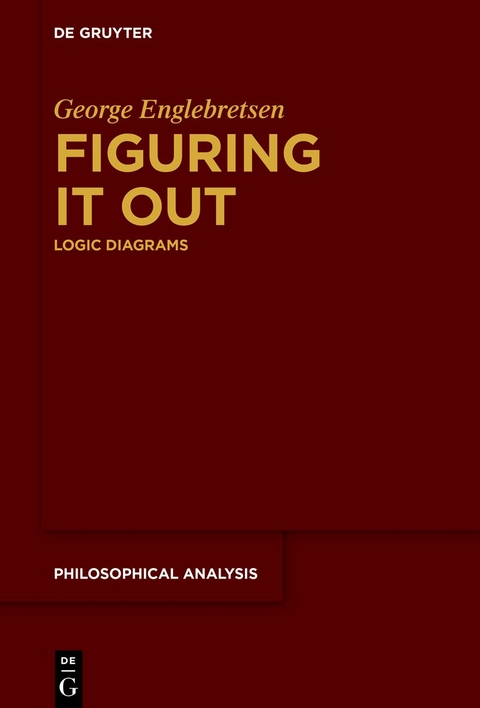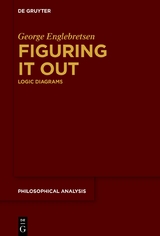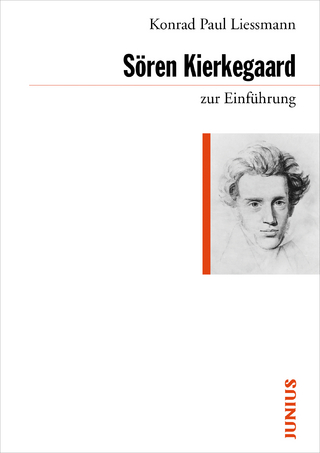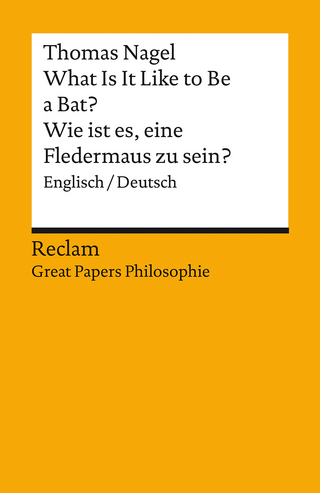Figuring It Out
Logic Diagrams
Seiten
2019
De Gruyter (Verlag)
978-3-11-062163-1 (ISBN)
De Gruyter (Verlag)
978-3-11-062163-1 (ISBN)
Die Reihe bietet ein Publikationsforum für innovative Arbeiten zu allen Themengebieten der analytischen Philosophie. Der Schwerpunkt liegt auf den Disziplinen der theoretischen Philosophie: Metaphysik, Ontologie, Erkenntnistheorie, Sprachphilosophie, Logik. Willkommen sind auch Beiträge zur Geschichte der Philosophie, wenn die systematische Durchdringung der gewählten Themen im Vordergrund steht.
The book begins with an extensive survey of the history of logic diagrams, including looking at possible diagrams from Aristotle, the development of both linear and closed figure diagrams by Leibniz, Lambert, Euler, Venn’s new system, Peirce’s Existential Graphs, and Frege’s two-dimensional notation as a kind of logic diagram system. During most of the 20th century, there was little regard for efforts to construct logic diagrams. However, since the 1980s there has been an increasing interest in such diagrams. Ever larger numbers of philosophers, logicians, mathematicians, computational scientists, and cognitive scientists have turned their attention to building, analyzing, using, or exploring in other ways systems of logic diagrams. The system offered here makes use of line segments and points and it enjoys a number of important advantages: it is simple, natural, and both expressively and inferentially powerful. It can be used to analyze syllogisms (including those involving relational terms) and arguments involving unanalyzed statements. Understanding such a system can shed valuable light on how ordinary people naturally reason.
The book begins with an extensive survey of the history of logic diagrams, including looking at possible diagrams from Aristotle, the development of both linear and closed figure diagrams by Leibniz, Lambert, Euler, Venn’s new system, Peirce’s Existential Graphs, and Frege’s two-dimensional notation as a kind of logic diagram system. During most of the 20th century, there was little regard for efforts to construct logic diagrams. However, since the 1980s there has been an increasing interest in such diagrams. Ever larger numbers of philosophers, logicians, mathematicians, computational scientists, and cognitive scientists have turned their attention to building, analyzing, using, or exploring in other ways systems of logic diagrams. The system offered here makes use of line segments and points and it enjoys a number of important advantages: it is simple, natural, and both expressively and inferentially powerful. It can be used to analyze syllogisms (including those involving relational terms) and arguments involving unanalyzed statements. Understanding such a system can shed valuable light on how ordinary people naturally reason.
George Englebretsen, Bishop’s University, Sherbrooke, Canada.
| Erscheinungsdatum | 19.11.2019 |
|---|---|
| Reihe/Serie | Philosophical Analysis ; 78 |
| Co-Autor | JOSÉ MARTIN CASTRO-MANZANO, José Roberto Pacheco-Montes |
| Zusatzinfo | 145 b/w ill., 20 b/w tbl. |
| Verlagsort | Berlin/Boston |
| Sprache | englisch |
| Maße | 155 x 230 mm |
| Gewicht | 78 g |
| Themenwelt | Geisteswissenschaften ► Philosophie ► Philosophie der Neuzeit |
| Geisteswissenschaften ► Sprach- / Literaturwissenschaft ► Sprachwissenschaft | |
| Schlagworte | Aristoteles • Aristotle • Diagramme • Diagrams • Logik • Reasoning |
| ISBN-10 | 3-11-062163-0 / 3110621630 |
| ISBN-13 | 978-3-11-062163-1 / 9783110621631 |
| Zustand | Neuware |
| Informationen gemäß Produktsicherheitsverordnung (GPSR) | |
| Haben Sie eine Frage zum Produkt? |
Mehr entdecken
aus dem Bereich
aus dem Bereich




